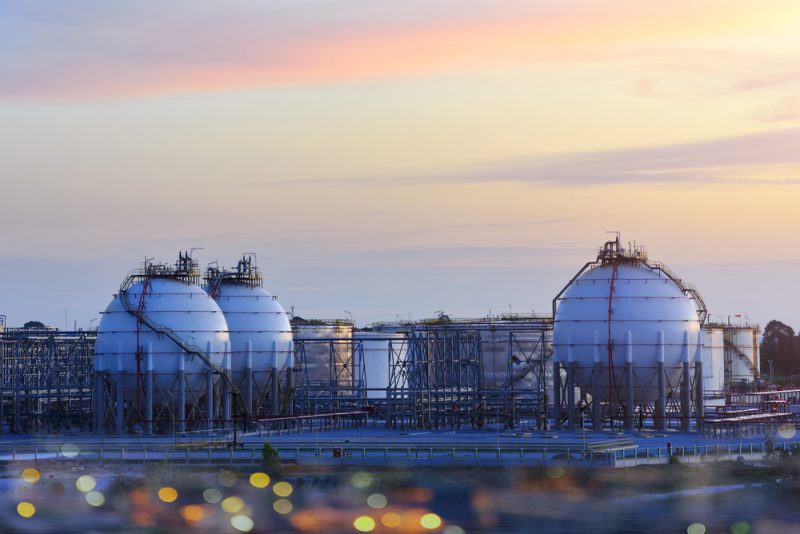Natural gas prices, carbon policies to determine future of U.S. nuclear power fleet

Facing increasing pressure from low natural gas prices and electricity generation from renewable sources, the U.S. Energy Information Agency (EIA) forecasts that U.S. nuclear generating capacity will shrink from 99 gigawatts (GW) to 79 GW by 2050 without action.
The EIA’s Annual Energy Outlook 2018 notes that 60 nuclear power plants are currently operating in the United States, but nine plants with combined generating capacity of 11 GW are slated to retire by 2025. An EIA reference case reflecting current law and regulations projects that additional plant closures will drop the nation’s nuclear generation capacity to 79 GW by 2050.
EIA also used two sensitivity cases that reflected higher and lower natural gas prices. The case with lower prices showed nuclear generating capacity falling to 55 GW by 2050. The case with higher prices showed nuclear generating capacity falling to 83 GW by 2050. In all three cases, no new nuclear plants were brought online, but some areas saw increases in capacity due to uprates.
“Operating costs have played a major role in recent retirement decisions,” EIA stated. “At least five currently operating nuclear plants have requested state-level price support to continue operating. In two sensitivity cases, assumed operating costs were raised or lowered by 20 percent. On their own, changes in operating costs have a relatively minor effect on changes in nuclear capacity. With higher operating costs, nuclear capacity falls to 66 GW by 2050; with lower operating costs, nuclear capacity falls to 84 GW—levels that are 13 GW lower than and 5 GW higher than Reference case capacity in 2050, respectively.”
EIA found that potential policies imposing carbon fees on fossil fuel-fired power plants for carbon dioxide emissions would lead to higher wholesale energy prices. In turn, nuclear plants would become more competitive, and generation capacity would increase.
“Two cases implement fees of $15 per ton of CO2 and $25 per ton of CO2 (in 2017 dollars) starting in 2020, increasing by 5 percent in each subsequent year in real dollar terms,” EIA stated. “In both cases, much of the existing nuclear fleet remains competitive, and additional nuclear plants are constructed so that capacity in 2050 is higher than current levels. With a $15 per ton CO2 fee, nuclear capacity increases to 106 GW in 2050; at $25 per ton, capacity increases to 145 GW in 2050.”
